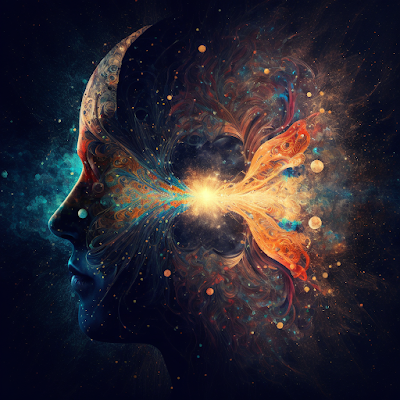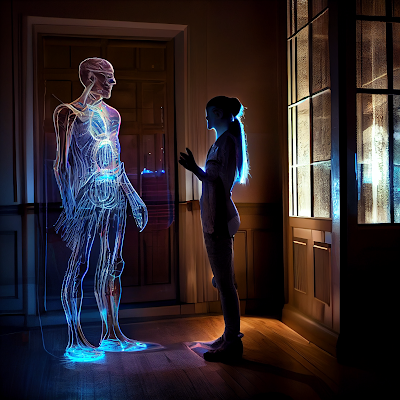The Black Hole Abyss: What Happens Inside?
Introduction
Black holes
are some of the most mysterious and fascinating objects in the universe. They
are formed when massive stars die and their cores collapse under the force of
gravity. In this blog post, we will explore the nature of black holes,
including their event horizons, singularities, and the behavior of matter and
information within them.
What is a Black Hole?
A black hole
is a region of spacetime where gravity is so strong that nothing can escape.
The boundary around a black hole from which nothing can escape is called the
event horizon.
The Singularity
Inside the
event horizon, the gravitational force becomes infinite. This means that any
matter that crosses the event horizon will be pulled towards the center of the
black hole, known as the singularity. The singularity is a point of infinite
density and zero volume, where the laws of physics as we know them break down.
Hawking Radiation
As matter
falls into a black hole, it heats up and releases energy in the form of
radiation. This radiation, known as Hawking radiation, is caused by the
creation of virtual particles just outside the event horizon, which then
annihilate each other and release energy.
Spaghettification
As matter
continues to fall towards the singularity, it will be stretched and compressed
by the immense gravitational forces. This process, known as spaghettification,
causes the matter to be elongated into a thin, elongated structure resembling a
spaghetti noodle.
Information Paradox
Despite the
immense gravitational forces and the destruction of matter, scientists believe
that black holes do not actually destroy information. Instead, the information is
thought to be encoded on the event horizon in a way that is not yet understood.
This idea is known as the "information paradox" and is still a topic
of active research.
Theories about the Inside of a Black
Hole
While the
inside of a black hole is still not fully understood, scientists have developed
a number of theories about what might happen. One theory, known as the
"firewall paradox," suggests that the intense radiation and energy at
the event horizon would destroy anything that crosses it, effectively creating
a "firewall" that nothing can pass through. Another theory, known as
the "fuzzball" theory, suggests that the singularity at the center of
a black hole is replaced by a "fuzzball" made up of quantum strings.
Observations of Black Holes
In recent
years, scientists have also been able to observe the effects of black holes on
their surroundings. Through the study of gravitational waves, scientists have
been able to detect the collision of two black holes and the formation of a
larger one. They have also observed the behavior of stars orbiting a black
hole, providing further insights into the nature of these mysterious objects.
Conclusion
In
conclusion, black holes are fascinating and mysterious objects in the universe.
They are formed when massive stars die and their cores collapse under the force
of gravity. Inside the event horizon, matter is pulled towards the singularity,
a point of infinite density and zero volume. The intense gravitational forces
and radiation inside a black hole lead to the destruction of matter and the
creation of radiation known as Hawking radiation. The nature of the inside of a
black hole and the behavior of matter and information within it is still not
fully understood, but scientists are actively researching and developing
theories to try and understand these mysterious objects.














Comments
Post a Comment